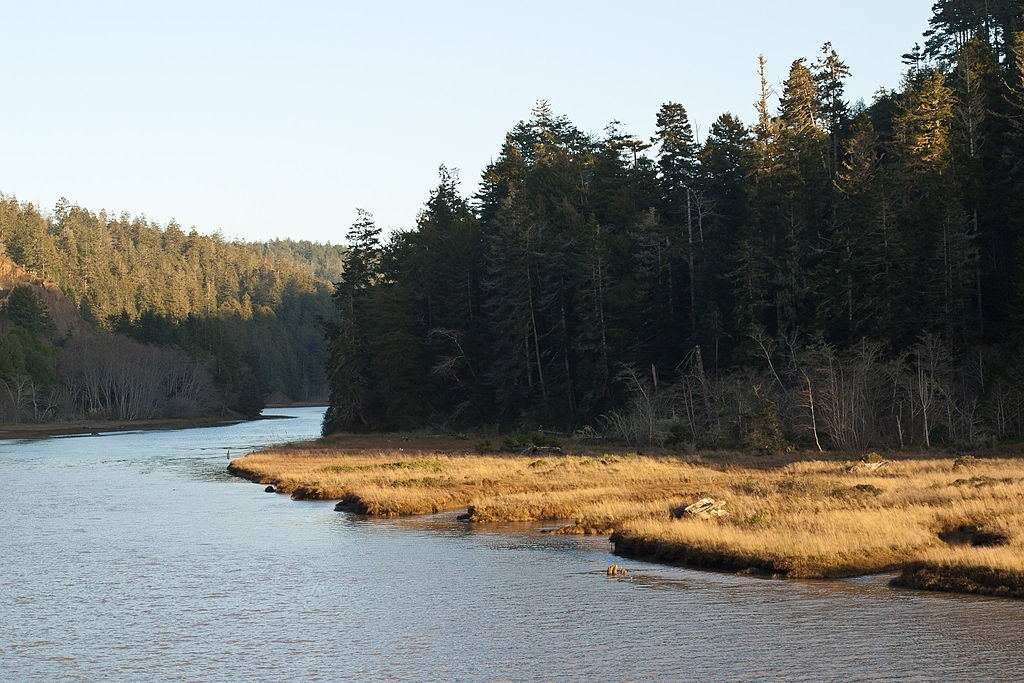
August 10, 2015; Wall Street Journal
The Wall Street Journal reports on a growing public-private partnership, where private nonprofits have stepped into the void left by shrinking state parks agencies across the U.S.
It highlights California’s parks system, which has a $1.2 billion maintenance backlog. Many of its parks are being maintained thanks to the work of conservation groups, which are rebuilding trails, renovating restrooms, and buying more land. The state parks department has outsourced much of its maintenance and repairs to nonprofits.
The nonprofit California State Parks Foundation has had over 3,000 volunteers working nearly 24,000 hours to clean up facilities around the state over the past four years. For example, in remote Mendocino County north of San Francisco, two local nonprofits recently paid for half of the $160,000 cost of rebuilding a day-use area at a start park with old-growth redwoods.
Similar public-private partnerships have formed in Florida and Pennsylvania. The Journal reports that in Florida, volunteer hours contributed to state parks in 2014 were up by a third over what they were in 2008. Meanwhile, full-time park staffing remained the same, according to the Friends of Florida State Parks. Volunteers in the Pennsylvania’s park system quadrupled in 2014 from six years earlier, according to the Pennsylvania Parks & Forests Foundation, after significant cuts by the state parks department in the wake of the Great Recession.
Sign up for our free newsletters
Subscribe to NPQ's newsletters to have our top stories delivered directly to your inbox.
By signing up, you agree to our privacy policy and terms of use, and to receive messages from NPQ and our partners.
Volunteers are also helping out at municipal parks across the U.S. New York’s Central Park Conservancy provides 75 percent of the park’s $65 million annual operating budget. Park officials consider these contributions invaluable; in many cases, these efforts not only preserve and protect open space, but boost local economies by keeping tourist attractions open.
Some people say that the growing role of nonprofits in parks is concerning. One group in Washington State tells the Journal that using donations for parkland acquisition “makes no sense when many states can’t maintain current facilities.”
Conservationists point out that this all underscores the importance of more reliable park funding—“general-fund monies for state parks has been cut nationally, forcing agencies to reduce costs by limiting hours and, in some cases closing facilities,” says the article, quoting a recent study.
The Trust for Public Land, a national conservation organization, says that nonprofits are only a temporary fix for financing park operations. Between 2008 and 2010, 80 percent of California’s state parks were threatened with closure—that’s what prompting the California State Parks Foundation to create a grant program to help keep them open. And the Save the Redwoods League has accumulated about 1,600 acres of land it plans to turn over to the state, while expanding into park maintenance.—Larry Kaplan













